Entering the world of electric skateboards can be quite intimidating due to the "heavy terms" used to describe the performance of electric skateboards. Terms like torque, watts, voltage, amps, etc. can be difficult to understand, especially if you don't have a background in mechanics or electronics. To someone buying a skateboard for the first time, all of these terms might seem like rocket science. But they're really simple words to describe various performance aspects of a skateboard.
Knowing the terminology associated with electric skateboard performance will allow you to choose the ideal board for your specific needs and gain a better understanding of your board. By learning about e-Skateboard motors, etc., and how they affect performance, you will have a completely different perspective on your skateboard.
The meaning of motor power and performance
Motor power
Electric skateboard motor power is measured in watts (W), which is essentially a measure of power, equivalent to joules per second, or energy per second. 745.7 watts equals 1 horsepower. The wattage stated on the motor is the power the motor can draw. A motor with a higher power rating means it will use a lot of energy in a short amount of time. This also means that the motor is powerful, because the more energy the motor dissipates, the more mechanical power it produces. Because of the power, the motor will accelerate faster, support heavier riders and climb steeper hills. However, it will drain the battery faster and make the board heavier.
Another aspect of motor power is torque. Torque is the twisting force produced by the motor that is used to spin the wheels of Electric Skateboard and ultimately propel it forward. The higher the power rating of an electric skateboard, the greater the torque and acceleration.
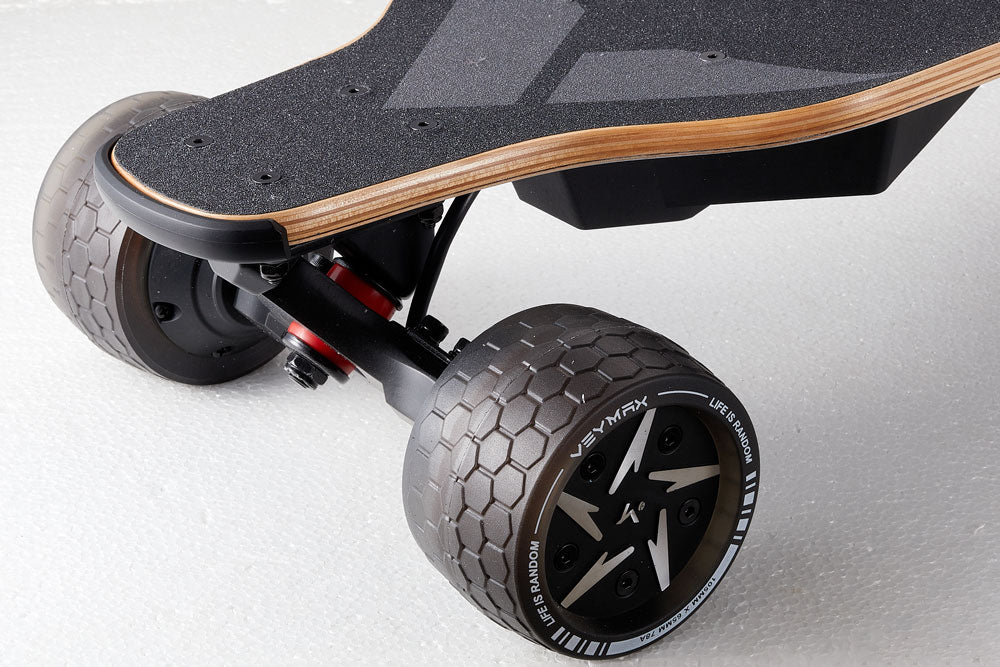
Motor performance
The performance of the motor affects various indicators of the electronic skateboard, especially speed, acceleration, climbing ability and load-bearing capacity. There are two main methods of measuring motor performance: nominal power and peak power.
- Peak power is the most powerful point in the motorcycle. Peak power is the maximum torque, power and speed a motor can achieve. Motors are designed to run at or near peak power to get the most out of them. However, a motor can be operated outside of its design range and still produce power, which will shorten the life of the motor or cause frequent failures. Peak power is not an inherently accurate way to measure motor performance unless you want to compare two motors. Peak power is usually 2 to 5 times greater than nominal power. As a result, some manufacturers quote peak power instead of nominal power to boost the stats of their skateboards and gain a marketing advantage.
- Nominal power is the term used to define the total power at its rated voltage and frequency. Nominal power, also known as continuous power or continuous power, is the maximum power an e-skateboard motor can consume indefinitely. Nominal wattage is usually considered the actual wattage of the motor, allowing you to compare the power performance of two skateboards. Note, however, that several factors determine the overall performance of a skateboard, including its efficiency.
How does wattage/power affect the performance of an e-skateboard?
The motor power/wattage of an e-board affects several performance aspects of the skateboard, especially maximum range, load capacity, hill climbing, speed and acceleration. Electric longboards with higher motor ratings generally have better gradeability, greater load capacity, and higher speed and acceleration than motorized skateboards with lower motor ratings. let's see.
Mountain climbing: Motor power is one of the biggest factors that determine the climbing ability of an electric skateboard. The nominal power of the motor is directly proportional to the angle/climb percentage that the skateboard can overcome. Therefore, the more power a skateboard has, the better it will be able to climb hills. If you are looking for a skateboard with average climbing ability (at least 15% climbing ability), choose an e-skateboard with at least 350-400 watts.
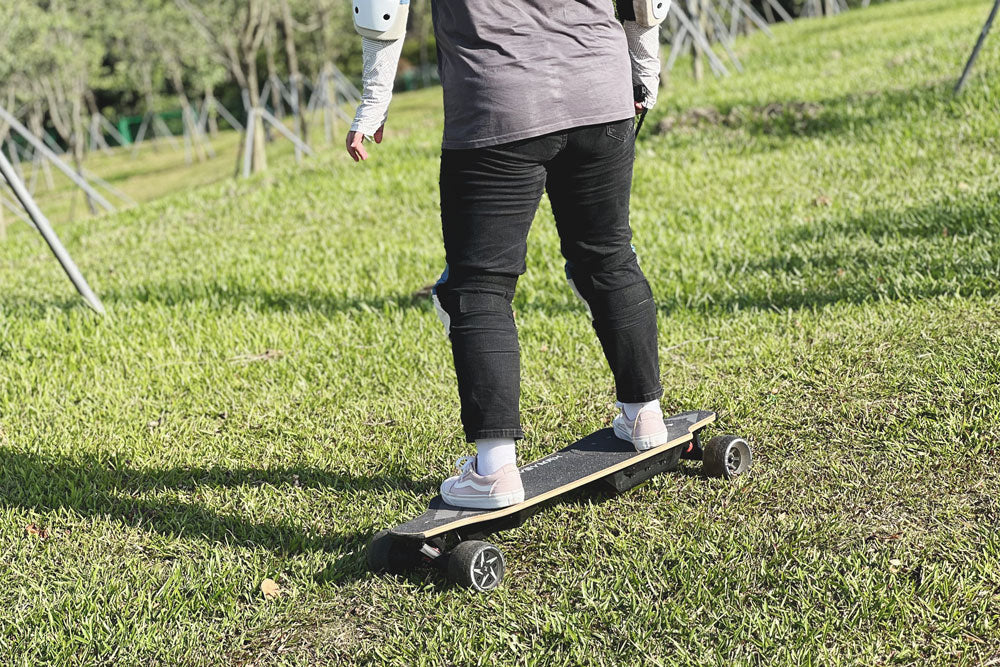
Speed and acceleration: The top speed and acceleration of an electric longboard largely depend on the power of the motor. The higher the power rating of the motor, usually the higher the speed and the faster the acceleration. However, the speed and acceleration of a skateboard also depend on several factors, including battery charge, electric skateboard wheels, slope, terrain type and rider weight.
Carrying capacity: The maximum carrying capacity of an electric skateboard depends not only on the structural strength of the skateboard, but also on the power of the motor. Skateboards with higher motor power will have more torque, allowing them to handle significant weight. Conversely, a skateboard with a 250-350W motor will have enough torque to handle 220-265 lbs. Of course, the Veymax Roadster X4 with dual 550w hub motors has a higher carrying capacity. It can carry a heavier rider than a single-motor skateboard.
Range: In addition to battery capacity and other external factors, motor power
and Types of esk8 wheels also affects cruising range. Powerful motors use a lot of power and generally drain the battery faster, resulting in lower driving range. However, more powerful skateboards are usually equipped with higher capacity batteries to meet higher power demands and thus extend the range.
Even for seasoned skateboarders, the technical details of the motor can be difficult to understand. However, it is crucial to understand some of the ideas behind the functionality of a skateboard and the terms used to express specifications such as motor power, voltage, charge, etc. and how they affect performance such as range, load capacity, charge time, power, incline, etc. Climb, speed and acceleration.
By becoming familiar with these technical details, you'll gain a better understanding of all aspects of skateboarding and help you choose the perfect skateboard or e-skateboard that fits your exact needs.
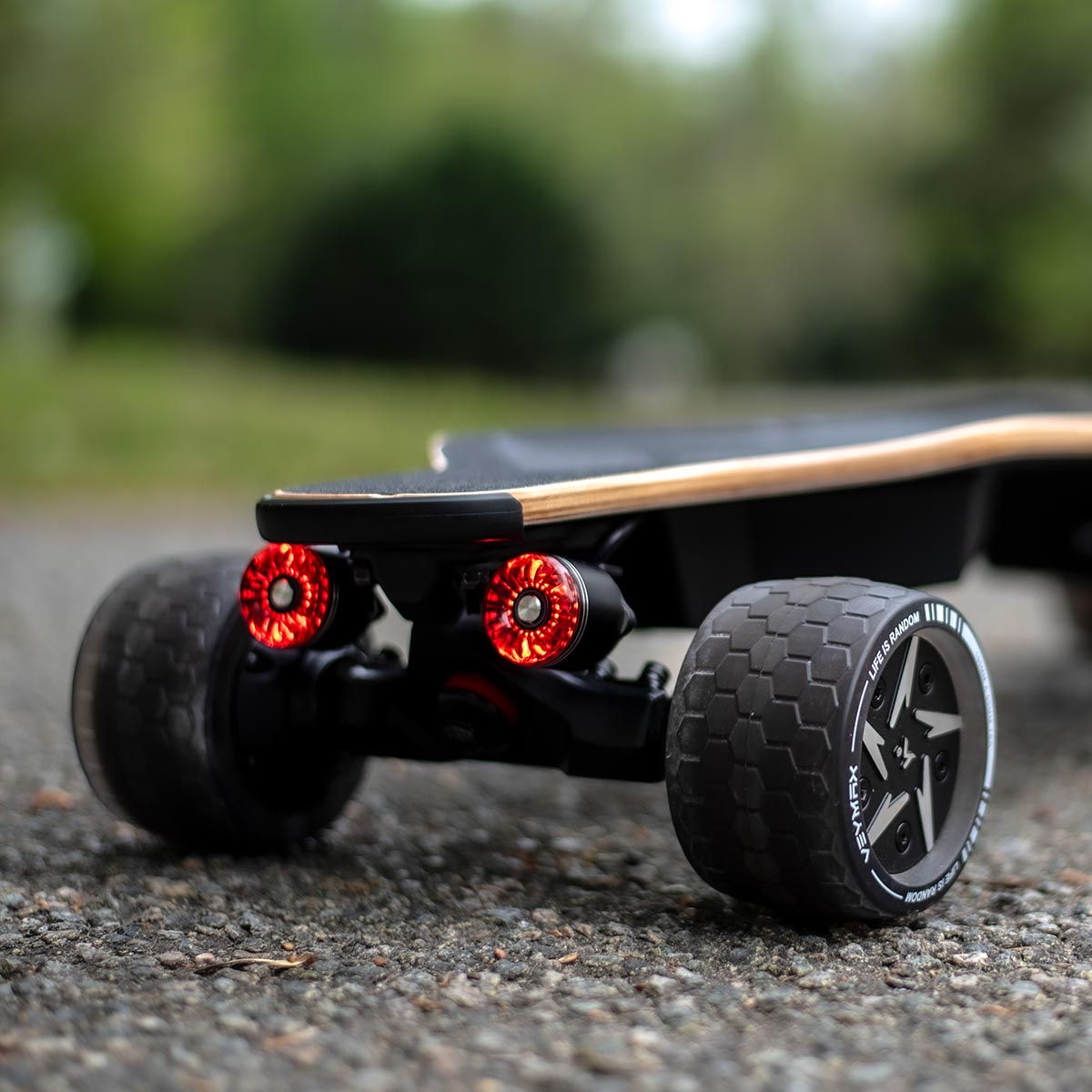
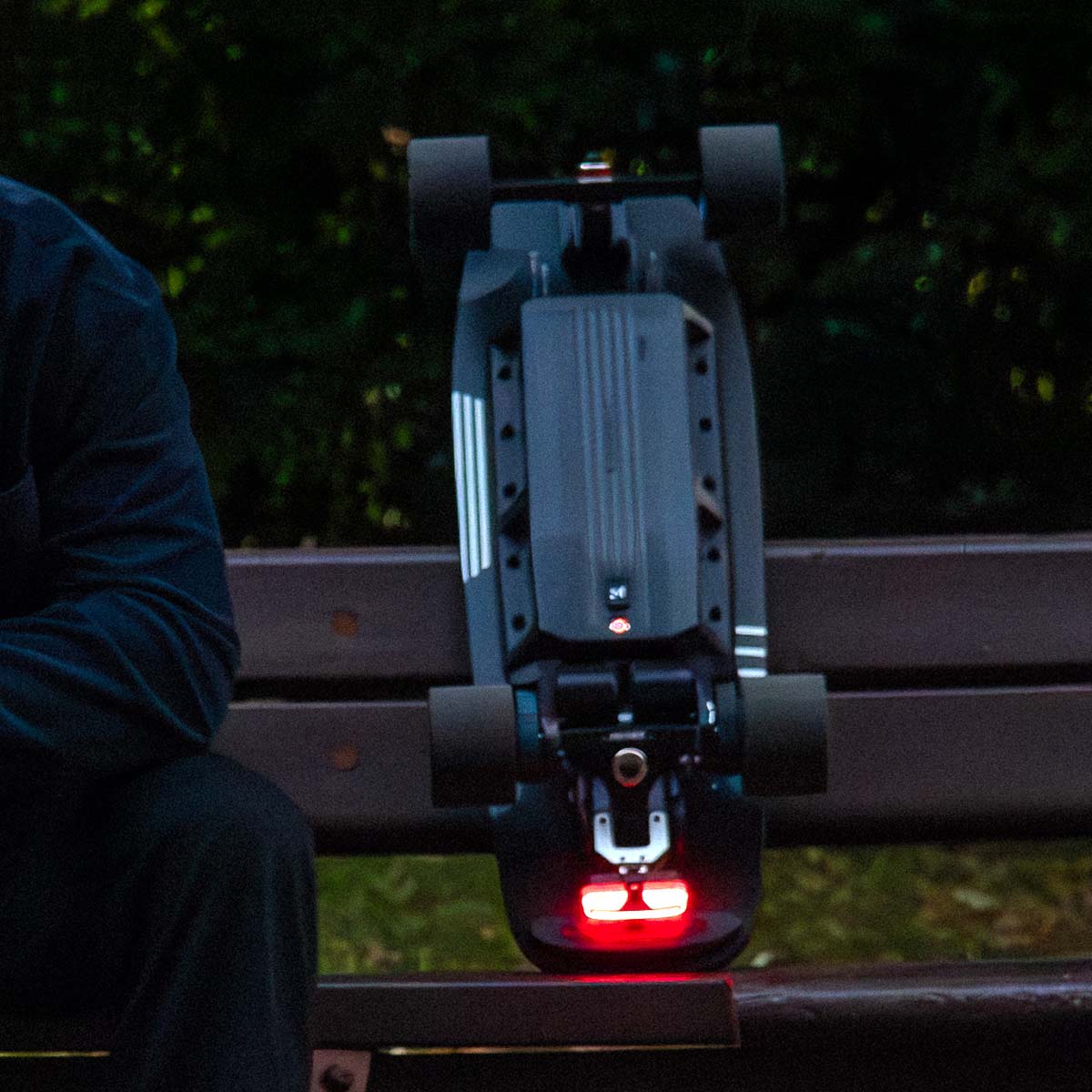
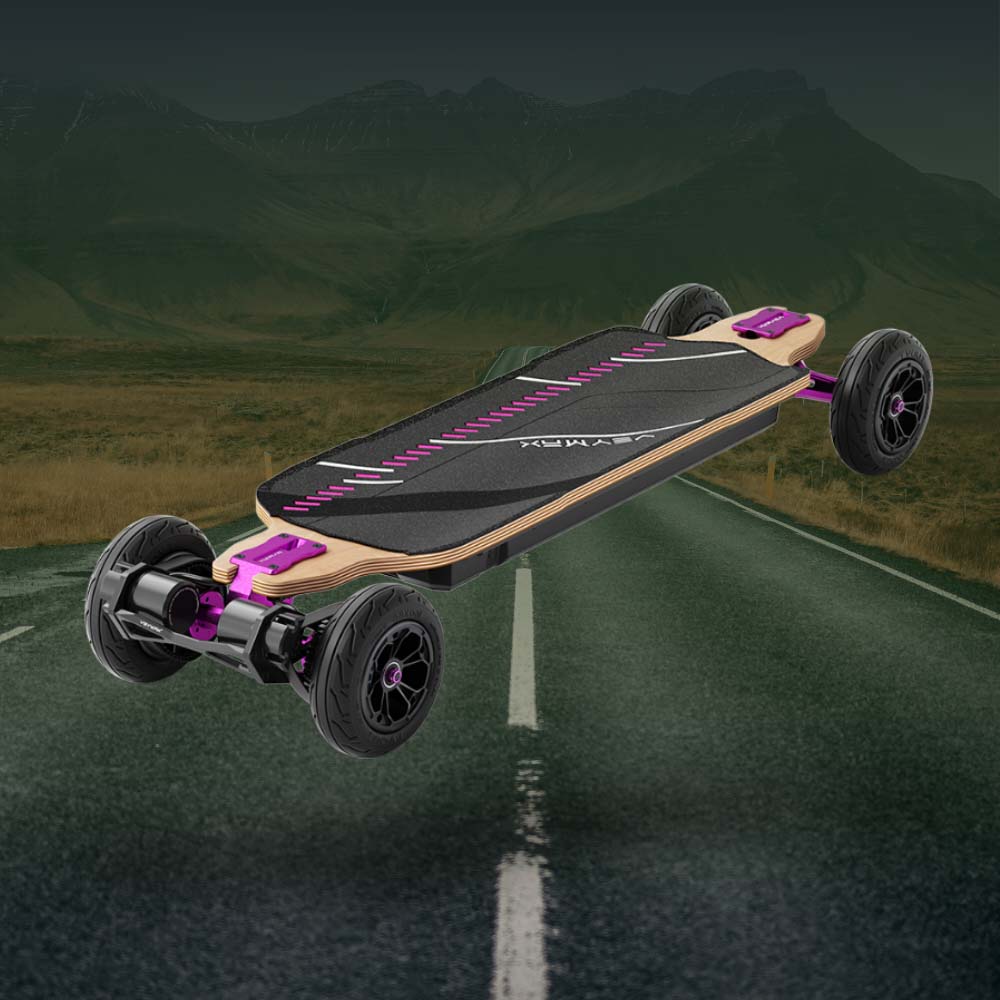
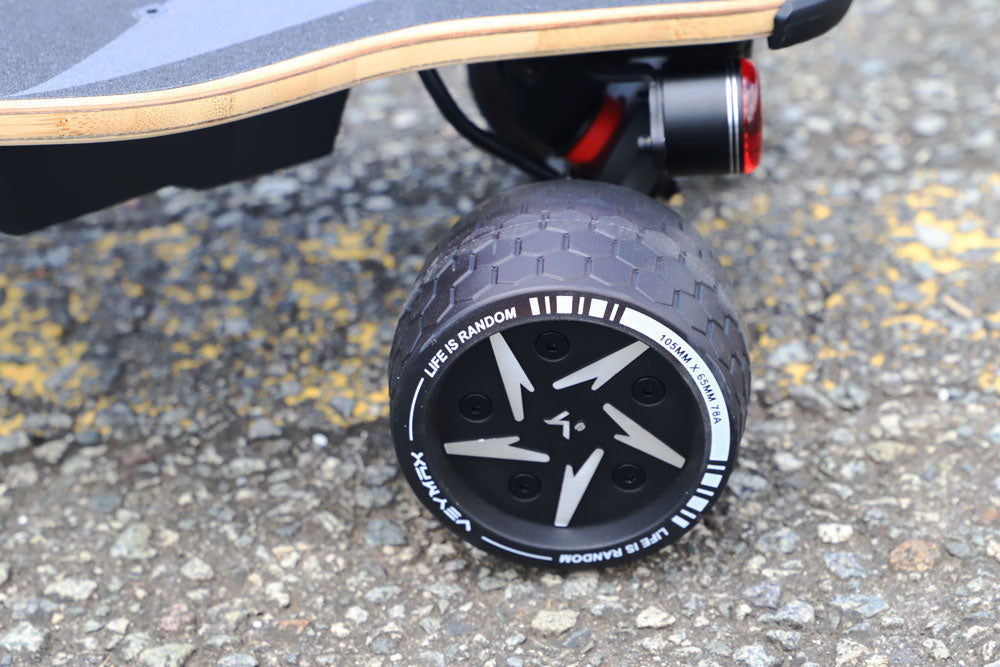

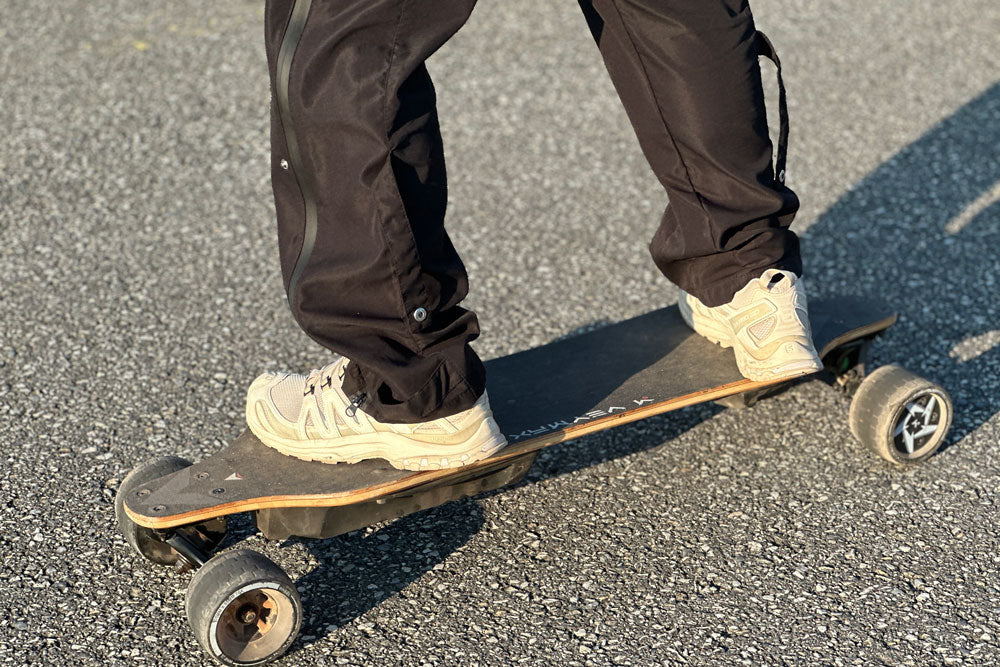
Leave a comment
This site is protected by hCaptcha and the hCaptcha Privacy Policy and Terms of Service apply.